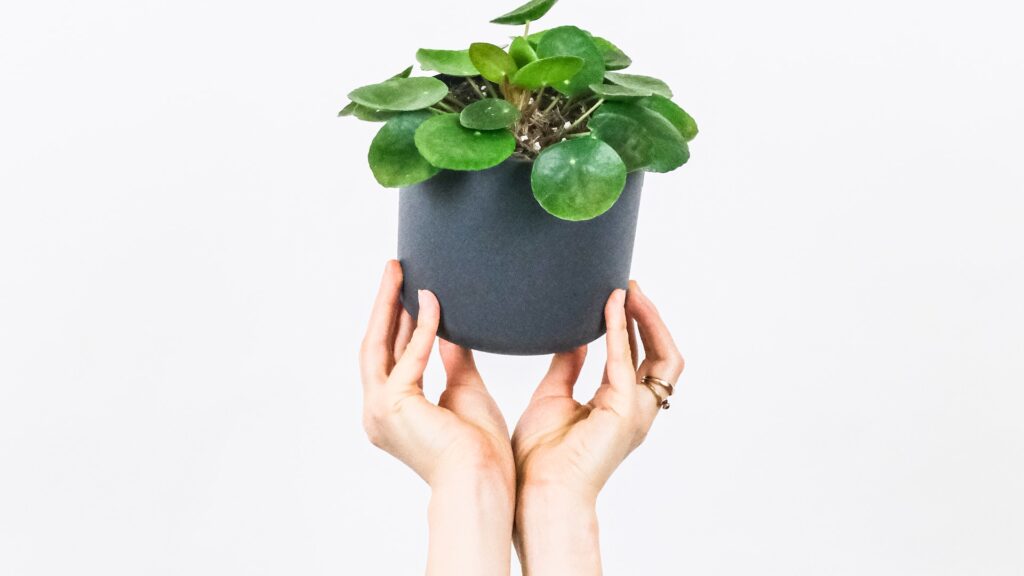Introduction:
Houseplants not only add beauty and freshness to our homes but also have numerous health benefits, including purifying the air and reducing stress levels. However, keeping your houseplants vibrant and healthy requires some care and attention. In this comprehensive guide, we will provide you with essential tips, tricks, and must-knows to help you master the art of houseplant care.
1. Choosing the Right Houseplants:
Before diving into care tips, it’s crucial to select the right houseplants for your specific environment. Consider factors such as light availability, temperature, humidity levels, and your lifestyle. Popular options for low-light areas include snake plants and pothos, while ferns and peace lilies thrive in areas with higher humidity.
2. Providing Optimal Light Conditions:
Light plays a vital role in a plant’s growth and overall health. Different houseplants have varying light requirements. While some thrive in bright, direct sunlight, others prefer indirect or low light conditions. Understand your plant’s specific needs and ensure it receives the appropriate amount of light each day.
3. Watering Techniques:
Watering is perhaps the most critical aspect of houseplant care. Overwatering or underwatering can lead to root rot or dehydration. Determine the watering requirements of your specific plants and develop a watering schedule accordingly. Factors such as soil moisture, pot drainage, and humidity levels influence how often you should water your plants.
4. Nutrient Needs:
Proper nutrition is essential for houseplants to thrive. Use a high-quality, balanced fertilizer specifically formulated for indoor plants. Follow the instructions carefully based on the plant’s growth stage and frequency recommendations. Avoid over-fertilization as this can damage the plants.
5. Maintaining Humidity Levels:
Many indoor environments have lower humidity levels than what most houseplants prefer. Increasing humidity can be achieved through various methods, such as using a humidifier or placing the plants on trays with water and pebbles. Regular misting also helps raise humidity levels around the plants.
6. Pruning and Propagation:
Pruning promotes healthy growth, improves the plant’s appearance, and prevents diseases. Regularly remove dead or yellowing leaves, leggy stems, and unwanted growth. Additionally, learn how to propagate your houseplants, allowing you to expand your collection or share them with friends.
7. Pest Prevention and Control:
Houseplants are occasionally prone to pests such as aphids, spider mites, and mealybugs. Monitor your plants regularly and take prompt action if you notice any signs of infestation. Natural remedies like neem oil or mild soap and water solutions can help control pests without harming your plants.
8. Troubleshooting Common Issues:
Even with proper care, houseplants can face various issues like yellow leaves, wilting, or fungal infections. Understand the typical problems associated with your specific plants and learn how to identify and address them effectively.
Conclusion:
With the right knowledge, caring for houseplants can be a rewarding and fulfilling experience. Remember to adapt your care routine based on the unique needs of each plant and be patient as you develop your green thumb. By following the tips, tricks, and must-knows described in this guide, you’ll be on your way to creating a thriving indoor garden that adds beauty and tranquility to your home. Happy gardening!
We hope you found this guide helpful! For more houseplant care tips and gardening advice, explore our dedicated Gardening category.
Tags: houseplants, care tips, plant care, indoor gardening
Category: Gardening
Keywords: houseplants care, caring for houseplants, indoor plant care, houseplant care tips

